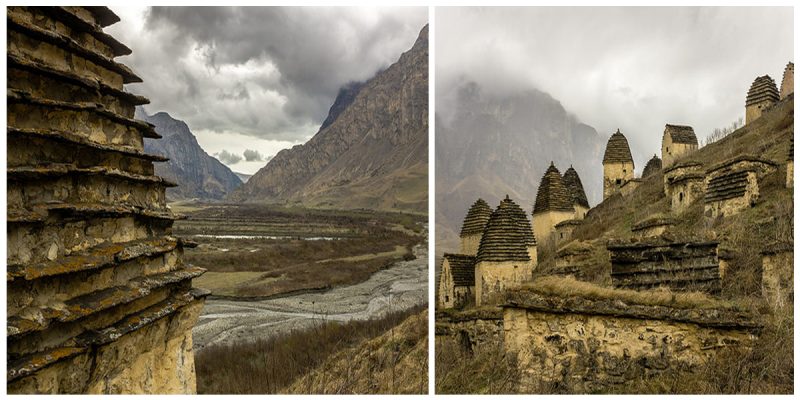Located outside the village of Dargavs in North Ossetia, Russia, is a large above-ground mystical necropolis with elaborate, ancient tombs, called the “City of the Dead” where people that lived in the valley buried their loved ones along with their clothes and belongings.
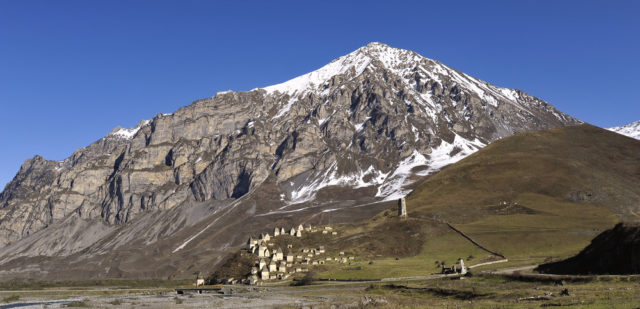
The valley stretches for 17 kilometres and the cemetery contains 99 different ancient stone tombs and crypts. The first mention of the City of the Dead dates back to the beginning of the 14th Century (but some sources say the oldest of the crypts dates back to the 12th century).
The ancestors of Ossetians settled down on the five mountain ridges but the necropolis was placed in such a hard-to-reach location because the land back then was so expensive and they had to put their cemetery on an otherwise relatively useless piece of land.
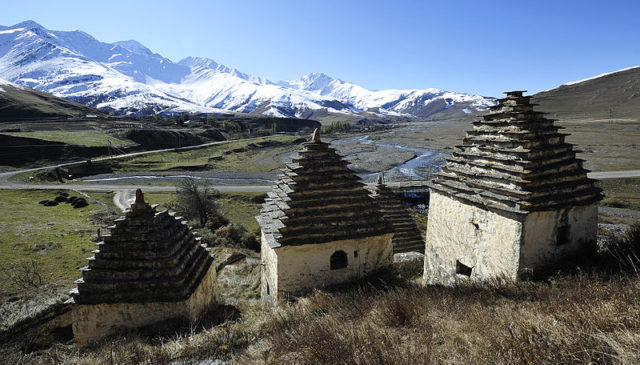
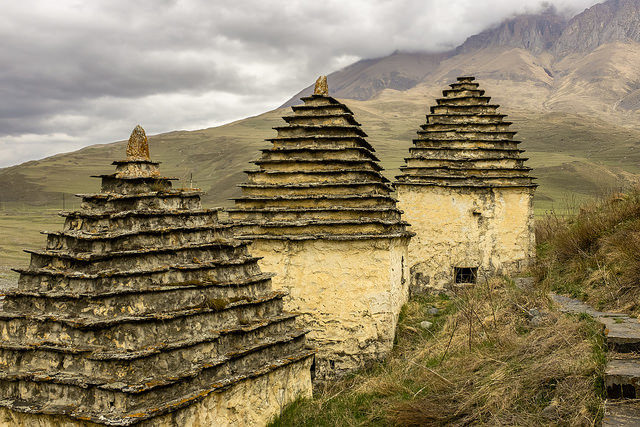
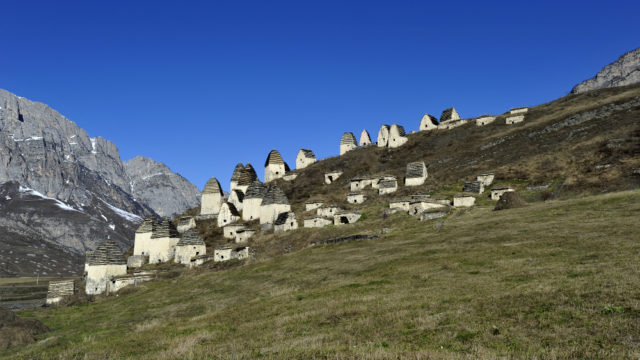
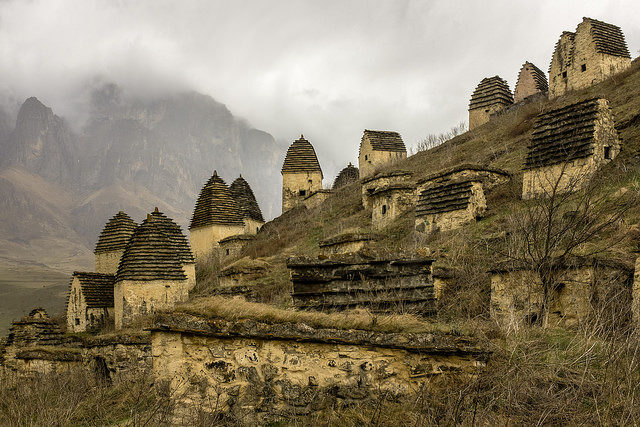
The placement and “plan” is very similar to the Necropolis in Itum-Kali , where the tombs and crypts are placed on hills or mountain sides closely together, though some crypts are located sparsely. On the highest point or at least higher up than the rest of the buildings, there must always be a tower to watch over the dead.
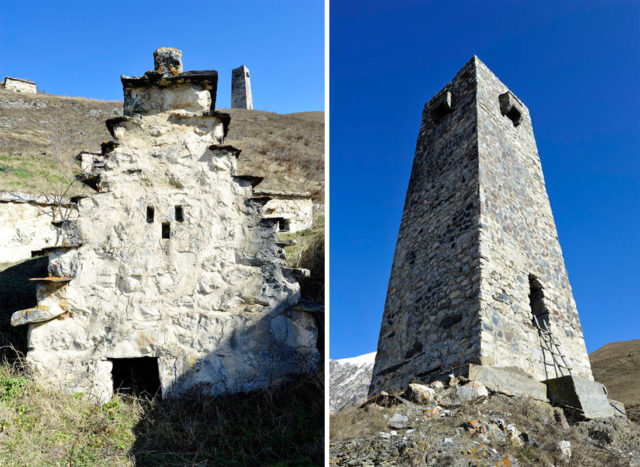
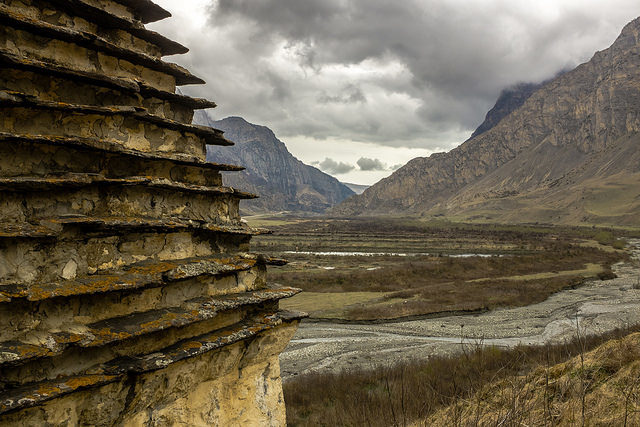
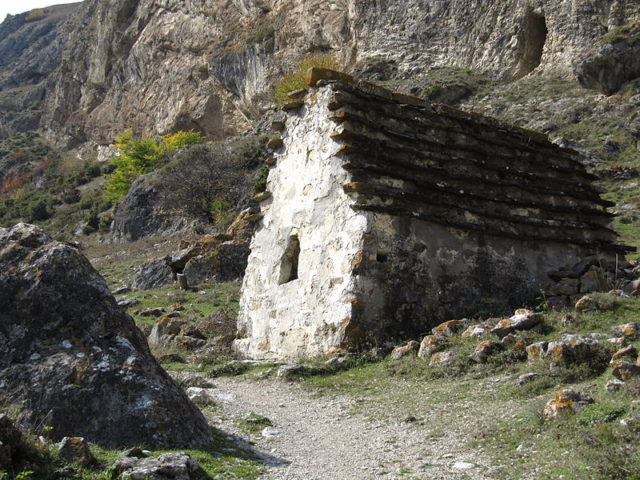
Residents have been burying their dead here for hundreds of years and in each crypt human skulls and bones have been found. Interestingly, it was discovered that the bodies inside the crypts were buried in wooden structures resembling boats.
Though there are no navigable rivers nearby the village, it is thought they did this as it was thought that the soul of the dead one had to cross a wide river after death.
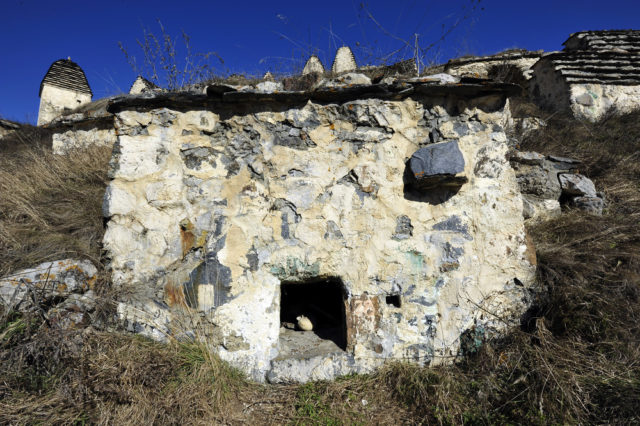
Another interesting fact is that there are wells positioned in front of each crypt, into which family members would throw a coin in the hopes that if the coin hit a stone, it was said to be a good sign and the dead family member would make it to heaven.
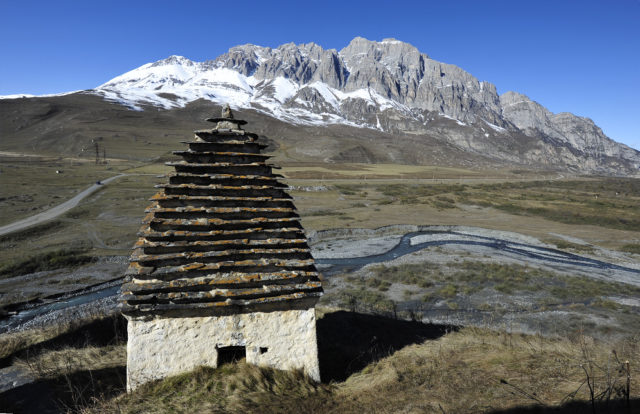
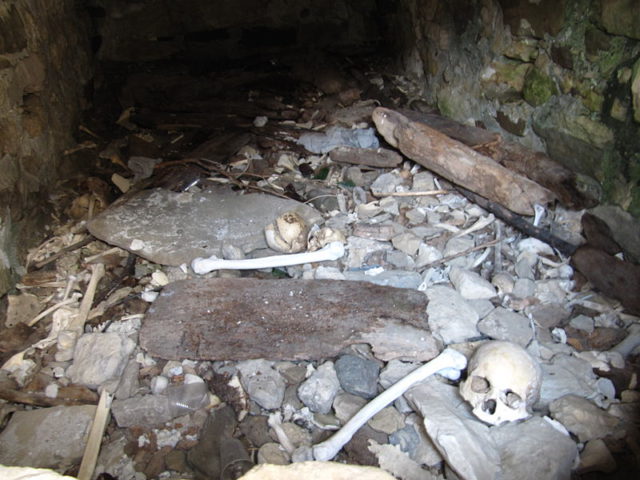
There are a lot of myths and legends surrounding the place. It is said that there were plagues that wiped out entire families. In the 18th century, according to one legend, a plague swept through Ossetia, wiping out 90 percent of the surrounding population. The clans built quarantine houses to isolate themselves from the village, patiently awaiting their death. When they died, their corpses were left to rot inside these huts.
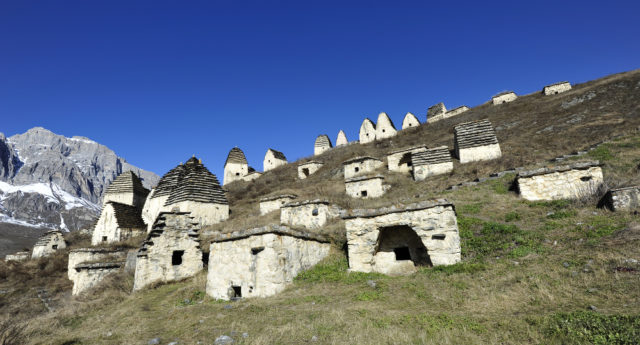
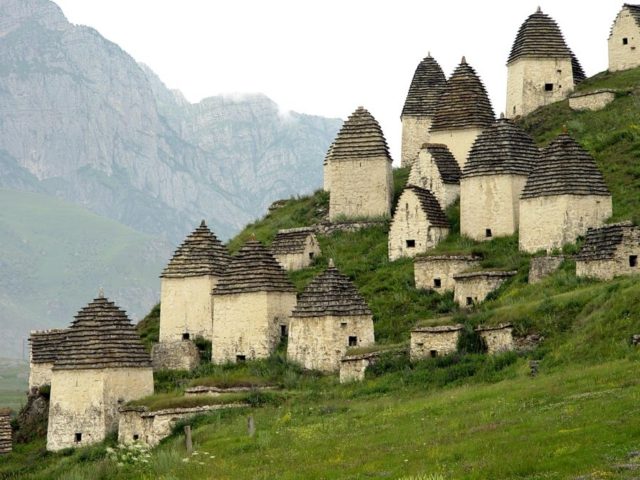
Another myth is that the place is cursed and any man who dared to walk in would never walk out alive and this is one of the reasons the locals tried to avoid going to the City of the Dead.
